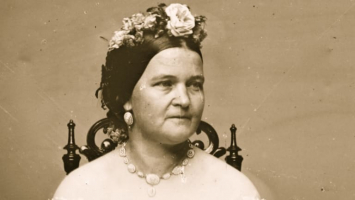Top 10 Interesting Facts About Abraham Lincoln
Abraham Lincoln, an American lawyer and statesman, was the 16th president of the United States. Lincoln successfully led the country through the American Civil ... read more...War and was able to preserve the Union, abolitionize slavery, strengthen the federal government, and modernize the American economy. Let’s discover the interesting facts about Abraham Lincoln now!
-
Although The Great Emancipator wasn't quite WWE material, he was a skilled wrestler in his youth because of his large limbs. Lincoln reportedly used some foul language while competing, losing just one of his around 300 matches. Honest Abe reportedly declared to a large group of observers after defeating an adversary in Carl Sandburg's biography of Lincoln, "I'm the big buck of this lick. Come on and whet your horns if any of you want to give it a shot. No one took the offer. The National Wrestling Hall of Fame awarded Lincoln the title of "Outstanding American" for his achievements in the sport of wrestling.
Lincoln was chosen for the Hall of Fame because he was an exceptional American, according to the Hall's executive director, Lee Roy Smith. "Wrestling is life, as we like to say. He also struggled with life. It's possible that the myth that Lincoln participated in wrestling, an ancient Greek sport, is overstated. According to some reports, Lincoln had a staggering won-loss record while competing in wrestling at county fairs and other frontier events.
The Lincoln historian at the Abraham Lincoln Presidential Library and Museum in Springfield is Dr. Christian McWhirter. One widespread assertion, according to McWhirter, is that Lincoln only dropped one out of 300 or 500 games. "These tales are all available. There is not much support for many claims. "
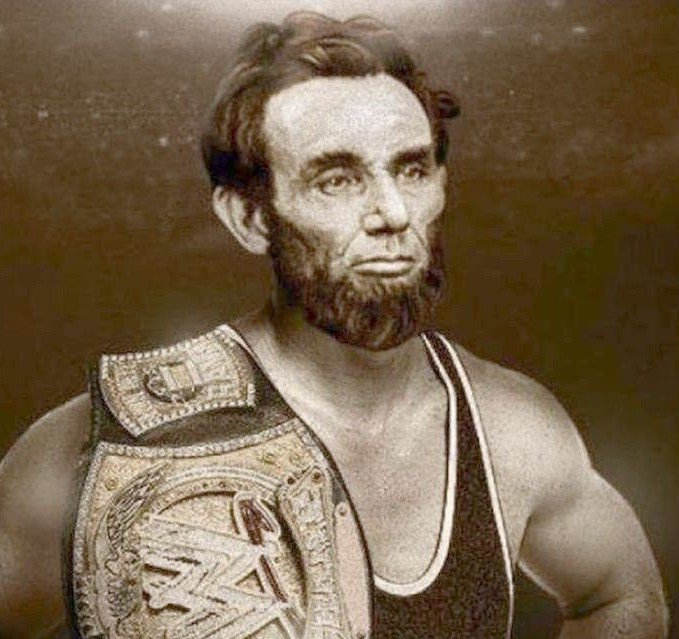
Source: Twitter 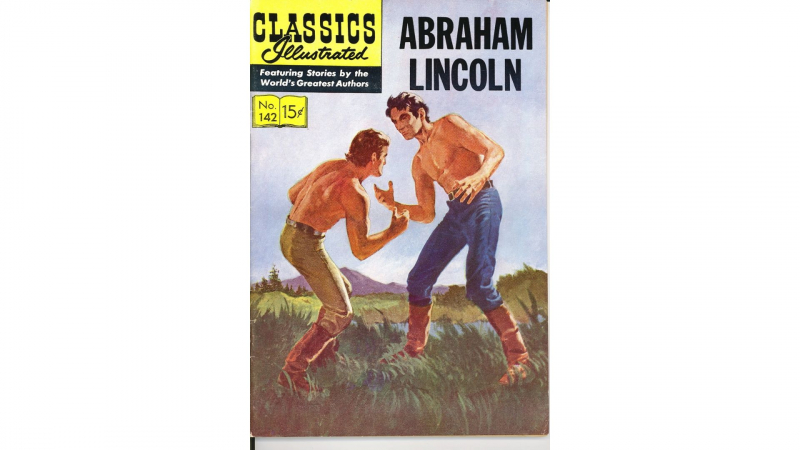
Source: WGN-TV -
It was easy for people to counterfeit money because there were so many different types of bills in use. More than a third of the currency in circulation during President Lincoln's presidency was fake. This is obviously one of the interesting facts about Abraham Lincoln. President Lincoln advised Hugh McCulloch, the Secretary of the Treasury, to form a commission to address this issue because it was damaging the country's economy. On April 14, 1865, President Lincoln established the United States Secret Service to implement the commission's recommendations. He was shot at Ford's Theater that evening. Lincoln wouldn't have been saved even if the Secret Service had been founded earlier: The law enforcement organization's first goal was to stop massive currency fraud. The Secret Service was not legally tasked with guarding the president until 1901, following the assassinations of two earlier presidents.
On July 5, 1865, the Secret Service began operations. William Wood served as its first leader. Chief Wood, who is well-known for his bravery during the Civil War, had a great first year in office, shutting down more than 200 counterfeiting operations. As a result of this achievement, the Secret Service's usefulness was further demonstrated, and the National Headquarters was created in the Department of the Treasury building in Washington, D.C., in 1866.
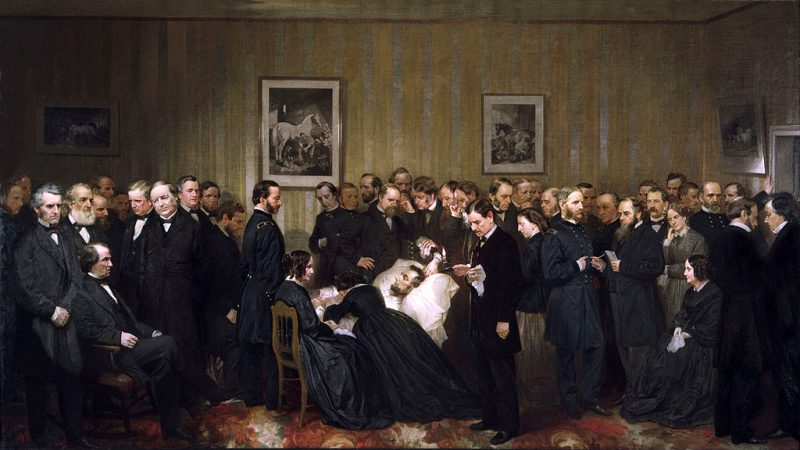
Source: The Vintage News 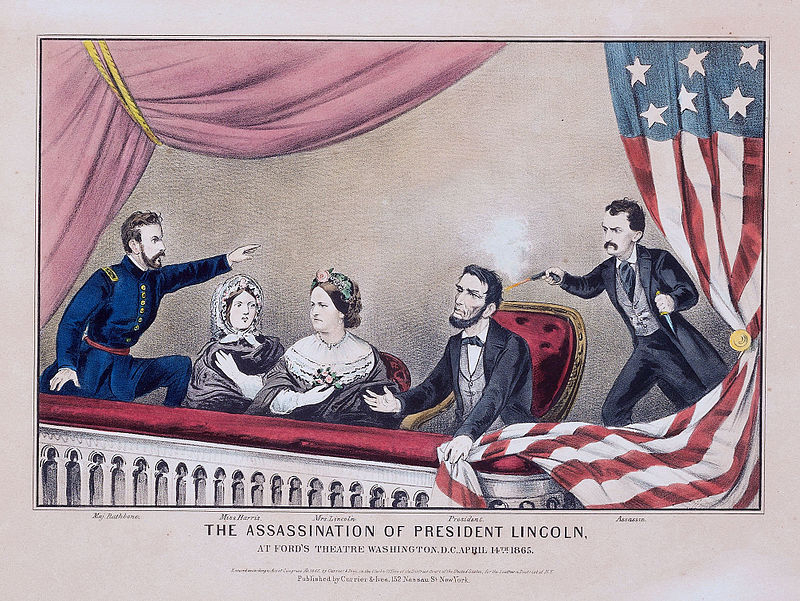
Source: The Vintage News -
President Lincoln returned to Illinois after being assassinated on April 15, 1865, and a tomb was erected in Springfield in his honor. Lincoln lay in peace in Oak Ridge Cemetery, some two miles outside of Springfield, for 11 years, until one evening in 1876. According to the U.S. Secret Service, many burglars attempted to break in on November 7, 1876, and steal Lincoln's body. The burglars within the tomb fled after being startled by a gunshot.
The newspaper said that "two infamous criminals, Jack Hughes and Torrence Mullen, were apprehended yesterday night for attempted robbery, on the night of the 7th of January." Hughes, who was out on bond, was charged with counterfeiting in connection with the infamous Boyd case.”
In order to free the gang's top counterfeiter from jail, they planned to keep the body for a ransom of $200,000. However, Secret Service agents had infiltrated the gang and were waiting to thwart the plan. The remains of Abraham Lincoln were hastily transferred to an unmarked grave before being enclosed in a steel cage and buried under ten feet of concrete.
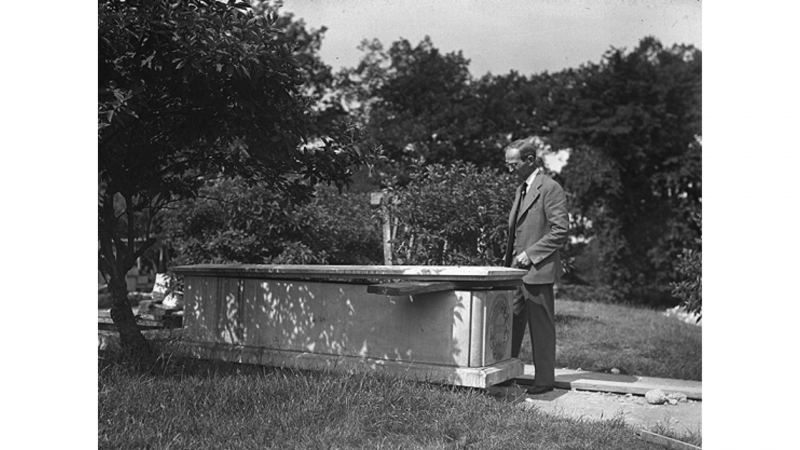
Source: rogerjnorton 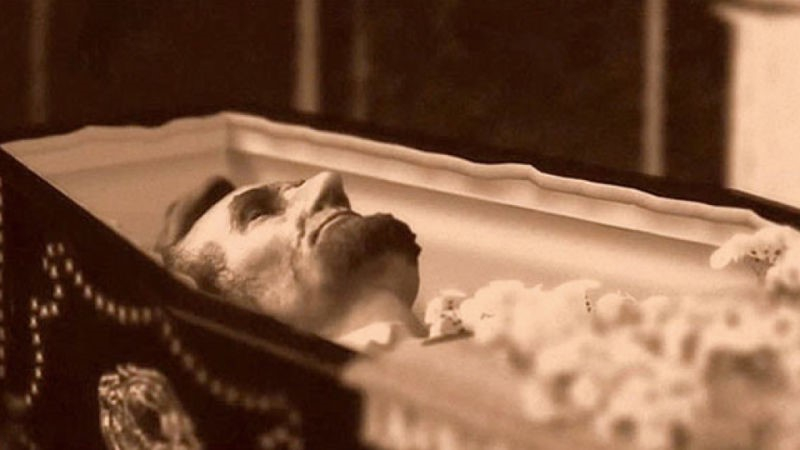
Source: The History Reader -
Robert Todd Lincoln, the president's oldest son, was at a railway station in Jersey City, New Jersey, a few months before John Wilkes Booth assassinated Lincoln. The young man was being shoved backwards by a crowd of people when he fell into the area between a moving train and the platform. The president's kid was abruptly hauled to safety by the coat collar by a hand that suddenly extended. John Wilkes' brother, Edwin Booth, a well-known actor and John Wilkes' brother, was quickly identified by Robert Todd Lincoln as his savior. This is one of the interesting facts about Abraham Lincoln
Until he received a letter from a friend, Colonel Adam Badeau, an officer on General Ulysses S. Grant's staff, Booth, was unaware of the identity of the man whose life he had spared. Badeau had been told the tale by Robert Lincoln, who had since enlisted in the Union Army and was working on Grant's staff. Badeau praised Booth for the valiant action in the letter. Following his brother's assassination of the president, Edwin Booth is reported to have found some solace in the idea that he had spared the life of Abraham Lincoln's son.
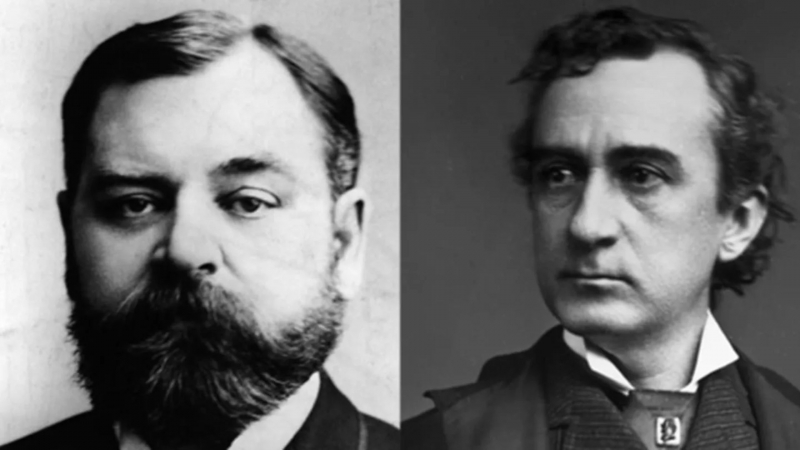
Source: Mental Floss 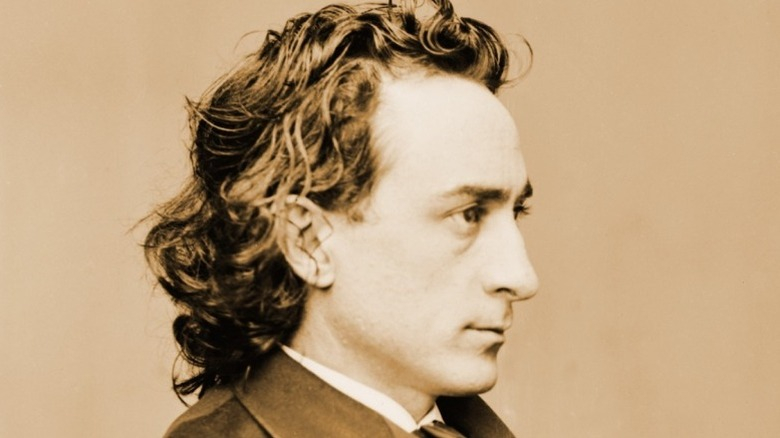
Source: Grunge -
There are other American political figures who have shown more creativity than Benjamin Franklin. Lincoln, who enjoyed fiddling with machinery, developed a system for keeping ships afloat when traveling through shallow waters by using empty metal air chambers attached to their sides after being onboard a steamboat that ran aground on low shoals and had to unload its cargo. Abraham Lincoln submitted a patent application to the US Patent Office on March 10, 1849, for a tool for "buoying vessels across shoals." Two months later, Patent No. 6,469 was authorized, making Abraham Lincoln the sole US president with a patent.
Lincoln was stranded twice on riverboats that had run aground during his brief employment as a ferryman on the Mississippi River. His "adjustable buoyant air chambers" would be fastened to a boat's sides. To elevate the boat over obstacles in the water, they could be lowered into the water and inflated. Walter Davis, a Springfield mechanic, supplied the equipment and guidance as Lincoln honed the scale patent model. Due to the effort required to lower and fill the air chambers, the device was never made for use in reality, and questions still surround whether it would have been a valuable idea.
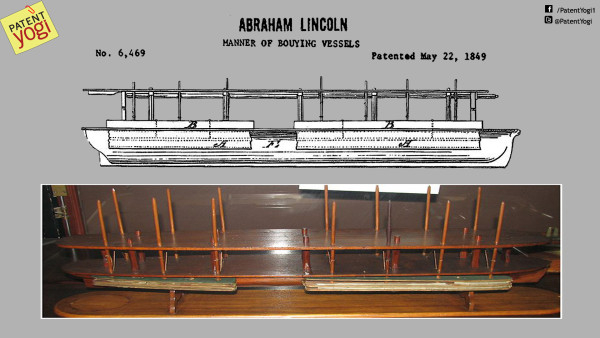
Source: Patent Yogi 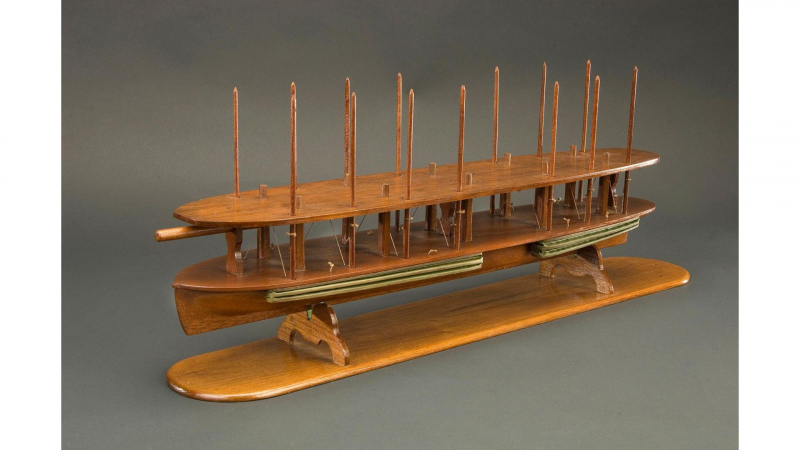
Source: smithsonianmag -
One of the interesting facts about Abraham Lincoln, the Lincolns had two rifles and an antique smoothbore musket for defense and hunting. A few months later, the youngster chose "a rifle gun" and, "standing inside, shot through a gap and killed one of them" as he observed a flock of wild turkeys cautiously approach the family's new cabin.
Despite a law prohibiting firing weapons in the District of Columbia, Abraham Lincoln, the 16th President of the United States of America, personally tested rifles outside the White House. Additionally, he used to go to cannon and artillery testing. Given his love of gadgets, Lincoln was a hands-on commander-in-chief who took a strong interest in the weapons deployed by his Union troops during the Civil War. Lincoln observed the testing of cannons and artillery while meeting with inventors showcasing military prototypes at the White House. Lincoln even test-fired muskets and repeating rifles on the grassy areas surrounding the White House, now known as the Ellipse and the National Mall, despite a district-wide ban on gunfire.
At his following court-martial, Lincoln was mandated to carry a wooden sword. The militia quickly mustered him out after feeling a great deal of relief. Lincoln's military career was not very impressive, but the experience allowed him to become more familiar with a wider range of military weapons.
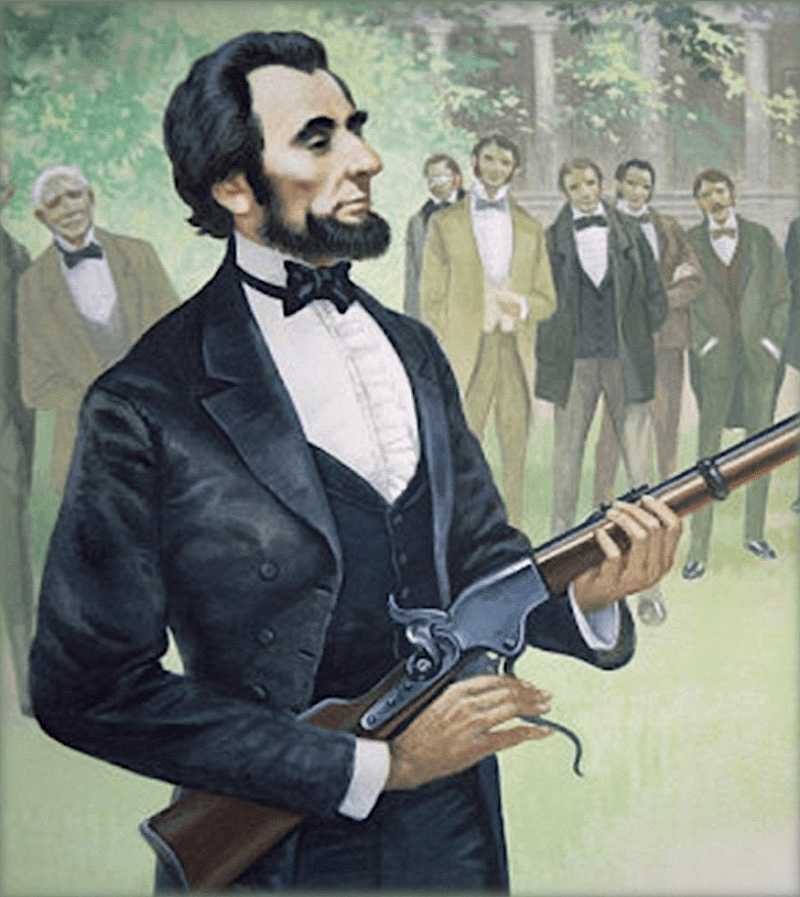
Source: drloihjournal.blogspot 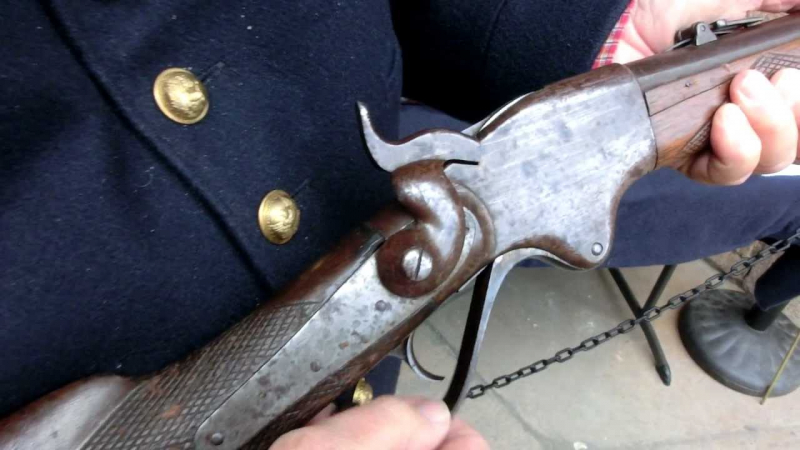
Source: freerangeamerican -
A memorial stone honoring Abraham Lincoln and his assistance to the fort on the second day of the Battle of Fort Stevens is situated atop the parapet of Fort Stevens. President Lincoln was directly targeted by Confederate sharpshooters on July 12, 1864, as he watched the battle from the fort's parapet. It is the only instance in American history where a president was actually shot by an enemy combatant.
Lincoln spent two of the last four days of the conflict, which the Union ultimately won when Confederate forces approached Washington, D.C., near the front lines at Fort Stevens. The president was at one time in risk of being seriously injured by gunfire. According to legend, future Supreme Court justice Colonel Oliver Wendell Holmes Jr. said, "Get down, you fool!" From the fort's parapet, Lincoln ducked down, escaping unharmed from the battle.
On July 12, 1920, the Battle of Fort Stevens veterans dedicated the memorial. The monument was originally erected near the Fort Stevens parade ground, but it was moved to its current location on the parapet following the Civilian Conservation Corps' restoration of the fort and powder magazine in the 1930s.
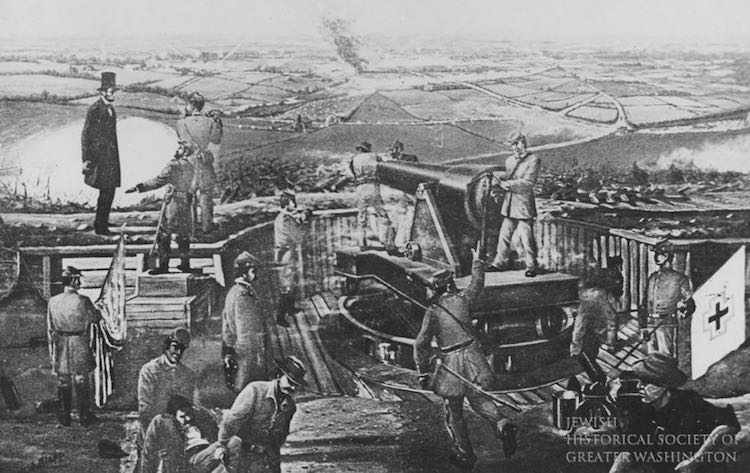
Source: Good News Network 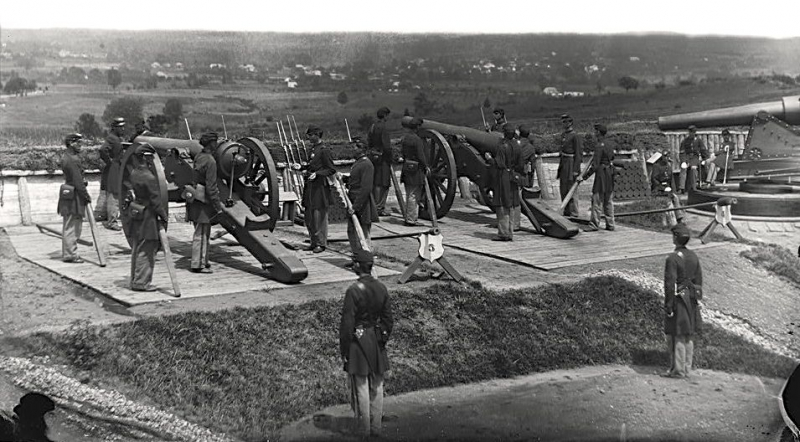
Source: drloihjournal.blogspot -
Although Illinois is renowned as the "Land of Lincoln," the 16th president spent his formative years in Indiana. In 1809, Lincoln was born in a log cabin in Kentucky. In 1816, his father, Thomas, relocated the family to a 160-acre parcel of land in southern Indiana. Lincoln moved to Illinois in 1830. Lincoln, then 21 years old, moved to Illinois with his large family in March 1830. This is one of the interesting facts about Abraham Lincoln. In the spring of 1831, Lincoln went out on his own after assisting his father in establishing a farm in Macon County, Illinois.
Lincoln made his home in the community of New Salem, where he later practiced law in Illinois after serving in the militia during the Black Hawk War and working as a boatman, store clerk, surveyor, and soldier. In addition to being reelected in 1836, 1838, 1840, and 1844, he was first elected to the Illinois Legislature in 1834. Lincoln wed Mary Todd in November 1842; the two were parents to four kids. Lincoln continued his interest in politics, in addition to his legal career, by representing Illinois in the US House of Representatives in 1846. On November 6, 1860, he won the presidential election in the United States.
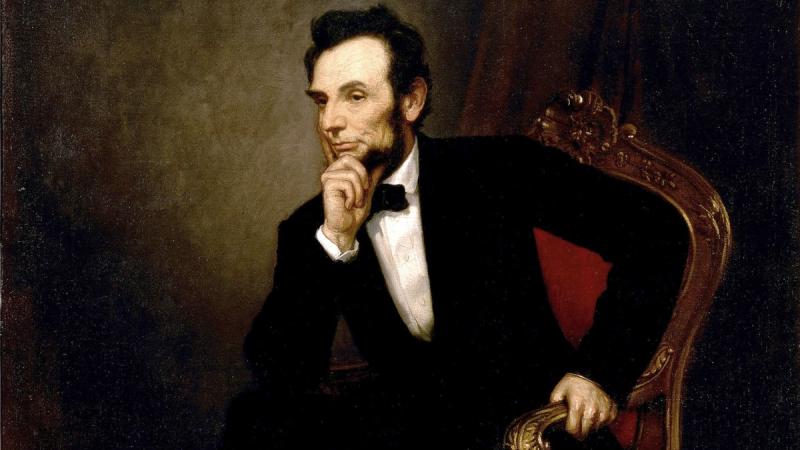
Source: history 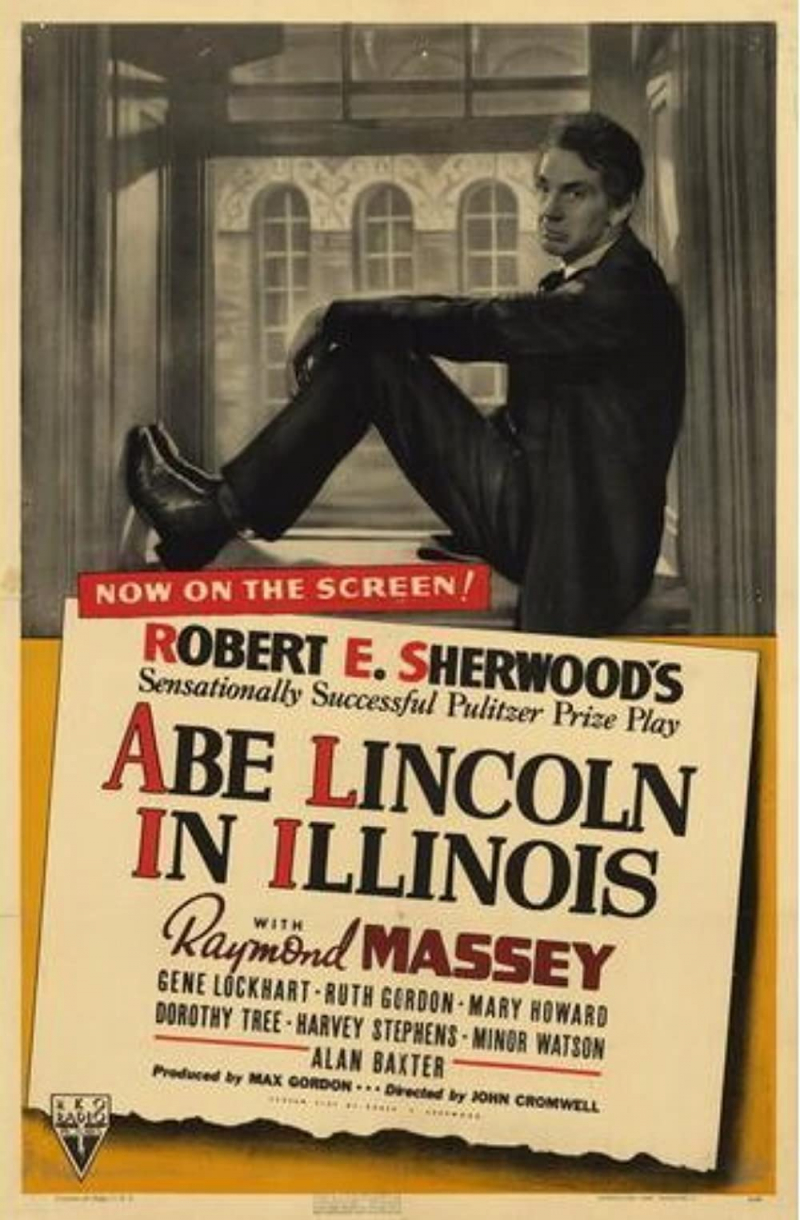
Source: IMDb -
The strange "milk disease" that spread over southern Indiana in 1818 when Abraham was 9 years old claimed the life of his mother, Nancy. Later, it was discovered that the peculiar illness was brought on by consuming contaminated milk from a cow that had consumed lethal white snakeroot. In Kentucky, Indiana, Illinois, and Western Ohio, you can find the shade-loving White Snakeroot plant. Woods, thickets, and forest edges have rich, damp soil where it can thrive. The plant grows to a height of 18 to 48 inches in late summer when it is fully in bloom and is covered in fluffy, snow-white blooms.
Abraham's mother fell terribly ill in the fall of 1818, almost two years after Thomas Lincoln had relocated his family to the Little Pigeon Creek community in Southern Indiana, after tending to some ailing neighbors. About two weeks later, on October 5, 1818, Nancy Hanks Lincoln passed away from "Milk Sickness." The Library of the Surgeon General in Washington, D.C. houses around 200 articles on "Milk Sickness," the majority of which were published in medical journals. Up until the 20th century, nothing was known about this strange sickness.
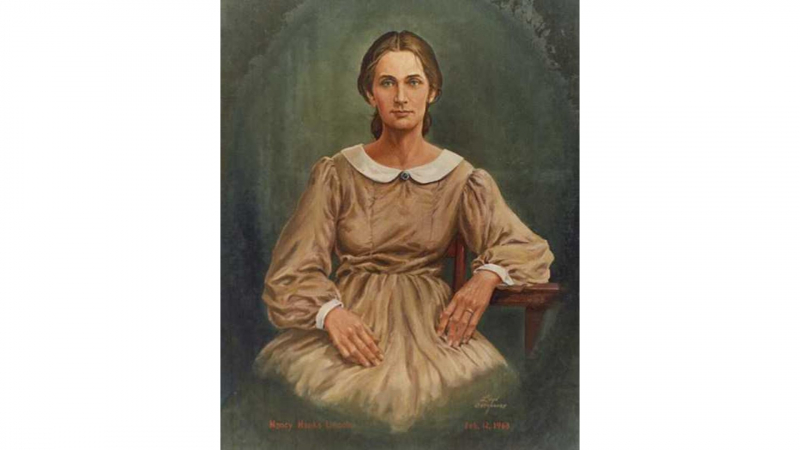
Source: concordianonline 
Source: Cape Gazette -
One of the interesting facts about Abraham Lincoln is that the existing Lincoln Bedroom served as the 16th president's personal office while he was in the White House. He met with Cabinet members there, where he also signed documents like the Emancipation Proclamation. Lincoln utilized the second-floor room that is now known as the Lincoln bedroom, which served as both his office and cabinet room while he was president. A rosewood bed purchased by Mary Lincoln for use in a White House guest room was among the Lincoln-era items of furniture that were added to the room's Victorian furnishings after the Refurbishing a Famous White House Room (1948–1952) project. Many people have speculated that President Lincoln utilized the bed because of its size, although there is no proof that he did.
The Lincoln Bedroom was renovated in 2002 at first lady Laura Bush's initiative. The first lady oversaw the project, which saw curators and other experts use historical records, images, and descriptions of the Lincoln-era White House furnishings, wallpaper, and carpeting to recreate a more accurate 1860s décor. The project was supported by the White House Historical Association and was guided by the Committee for the Preservation of the White House. By November 2005, the project was finished.
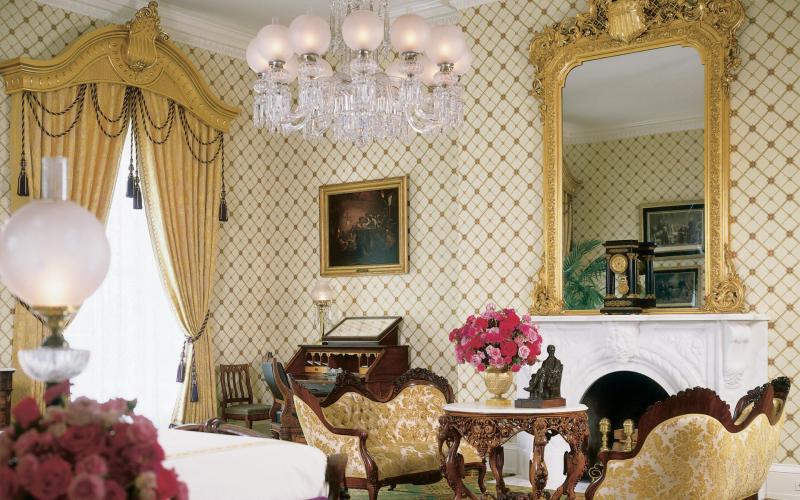
Source: galerie magazine 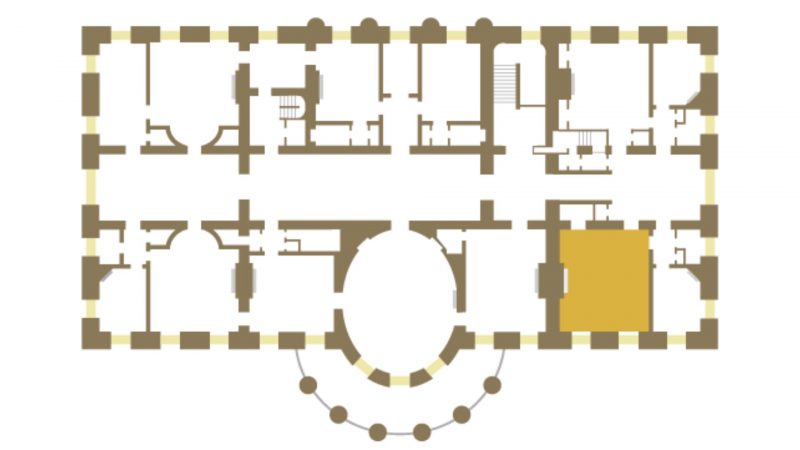
Source: Wikipedia












